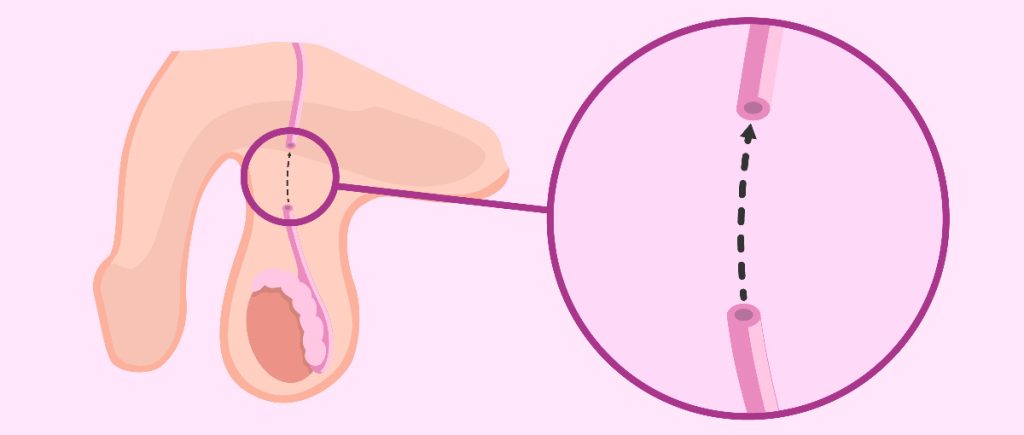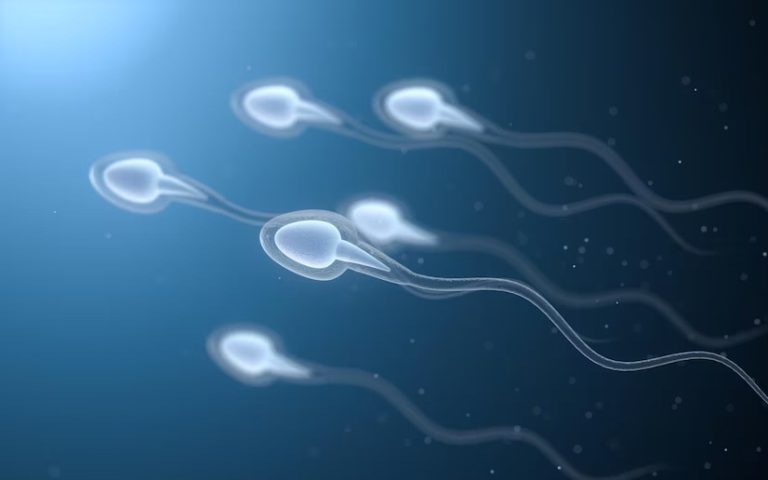Understanding Vasectomy
Reversal Surgery - Sydney
Are you considering vasectomy reversal surgery in Sydney? At MSI vasectomy we don’t offer reversal procedures, but we always ensure our patients have all the information available to them. That is why we created this guide to discuss all aspects of vasectomy reversal, including understanding the surgery, preparation steps, the procedure itself, and post-operative care and recovery.

What is Vasectomy Reversal?
Vasectomy reversal is a surgical procedure designed to reconnect the severed or blocked vas deferens, which were separated during a vasectomy. This enables the flow of sperm from the testicles to the ejaculatory ducts, restoring a man’s fertility and ability to father children naturally.
Reasons for Considering a Reversal
Men may consider vasectomy reversal for various reasons, including a change in personal or family circumstances, the desire to have more children or remarriage. Some men may also experience post-vasectomy pain syndrome, which can be alleviated through a vasectomy reversal.
Success Rates and Factors Affecting Outcomes
Preparing for Vasectomy
Reversal Surgery
Before having vasectomy reversal surgery there are a few steps you need to take:
Initial Consultation and Assessment
During the initial consultation, your surgeon will discuss your medical history, the reasons for seeking reversal, and the likelihood of success. They may perform a physical examination and may recommend further tests to assess your overall health and suitability for the procedure.

Pre-Surgery Tests and Examinations
Your surgeon may order blood tests, semen analysis, or imaging studies to evaluate your overall health, the condition of your reproductive system, and the presence of sperm in the vassal fluid. These tests help determine the most suitable surgical approach for your specific case.
Steps to Take Before Surgery
Before surgery, you will be advised to stop smoking, avoid certain medications, and maintain a healthy lifestyle to minimise the risk of complications. You will also be given specific instructions regarding fasting, hydration, and personal hygiene to prepare for the surgery.
The Vasectomy Reversal Procedure
On the day of your vasectomy reversal procedure, you can typically expect the following:
Surgical Techniques: Vasoepididymostomy and Vasovasostomy
There are two primary techniques for vasectomy reversal: vasoepididymostomy and vasovasostomy. Vasoepididymostomy involves connecting the vas deferens directly to the epididymis, bypassing any blockages. Vasovasostomy involves reattaching the severed ends of the vas deferens. Your surgeon will determine the most appropriate technique based on your specific circumstances.
Anesthesia Options
Vasectomy reversal is typically performed under general anaesthesia, but local or spinal anaesthesia may be used in some cases. Your anesthesiologist will discuss the most suitable option for you based on your medical history and individual preferences.
Procedure Duration and Intraoperative Care
The vasectomy reversal procedure usually takes between 2 and 4 hours, depending on the complexity of the case and the surgical technique employed. Your surgical team will continuously monitor your vital signs throughout the procedure to ensure your safety and comfort.
Recovery and Post-Operative Care
Recovery and post-operative care are always imperative and this is what you can typically expect:
Immediate Post-Surgery Care.
After the surgery, you will be monitored in the recovery room until you are stable and comfortable. Your surgeon will provide you with detailed post-operative instructions including pain management, wound care, and activity restrictions, to ensure a smooth and safe recovery.
Recovery Timeline and Tips
The recovery timeline for vasectomy reversal varies among individuals but generally takes between 2 to 4 weeks. During this period, it is essential to follow your surgeon’s instructions carefully, get adequate rest, and avoid strenuous activities or heavy lifting. Gradually resuming normal activities, wearing scrotal support, and taking pain medications as prescribed can help ease the recovery process.
Potential Complications and How to Address Them
Although vasectomy reversal is a generally safe procedure, complications can occur. Potential complications include infection, bleeding, chronic pain, or a reaction to anaesthesia. Early detection and appropriate intervention are crucial to address any complications. It is essential to maintain open communication with your surgeon and report any unusual symptoms or concerns immediately.
How Much Does a Vasectomy Reversal
Cost in Sydney?
The cost of a vasectomy reversal in Sydney can vary depending on various factors, such as the surgeon’s experience, the surgical technique used, and the medical facility where the procedure is performed.
Generally, the price range for a vasectomy reversal may fall between $6,000 – $7,000. It is essential to consult with your chosen surgeon to obtain a more accurate estimate based on your specific case and requirements.
Why Choose MSI For Your Vasectomy?
At MSI Vasectomy we operate under a patient-first philosophy, constantly monitoring, reporting, and reviewing our complication and satisfaction rates for surgical procedures. For the last 20 years, we have had over 600,000 men trust us with their sexual and reproductive health needs.
Our key points of difference are:
- We are the largest vasectomy provider in Australia
- Over 20 years of vasectomy experience
- High quality, standardised MSI ‘No Scalpel Open Ended’ technique with all our vasectomy doctors
- Minimal or No GAP with Private Health Insurance
- Local anaesthetic and IV sedation options
Meet Dr Justin Low
National Director of Vasectomy Services
Justin is the National Director of Vasectomy Services at MSI Vasectomy Australia. He received his medical degree from the University of Sydney in 1987 and completed the RACGP Family Medicine Program (FMP) in 1991 and became a Fellow of the Royal Australian College of General Practitioners in 1993.


How To Book A Vasectomy With MSI
If you have any more questions about vasectomy reversal surgery in Sydney or if you’d like any more information about any of our services, please don’t hesitate to contact us today. In the meantime check out our FAQs which may be able to provide you with the additional information you’re looking for.
What are the typical vasectomy reversal success rates?
The success rates for vasectomy reversal can vary significantly depending on several factors, including the time elapsed since the initial vasectomy, the surgical technique employed, and the expertise of the surgeon. Generally, success rates can range from 30% to 80%. It is crucial to discuss your specific situation with a qualified surgeon to obtain a more accurate success rate estimation based on your individual circumstances.
How long after a vasectomy reversal can you have sexual intercourse?
After a vasectomy reversal, it is recommended to wait for at least two to three weeks before resuming sexual activity. This is to ensure that the surgical incision in the scrotum has adequately healed and to reduce the risk of complications.
Is pregnancy possible after a vasectomy reversal?
Yes, successful pregnancy is possible after a vasectomy reversal, as sperm are once again present in the semen. However, the likelihood of achieving pregnancy naturally depends on various factors, including the success of the reversal procedure, the female partner’s fertility, and the couple’s overall reproductive health.
What is microsurgical vasectomy reversal?
Does health insurance cover the vasectomy reversal cost?
Are there any health rebates for vasectomy reversal in Sydney?
Health rebates for vasectomy reversal depend on your location, healthcare system, and insurance policy. In some cases, government-funded healthcare programs may offer partial rebates for the procedure. It is important to check with your insurance provider and explore any available government programs to determine if any rebates apply to your specific case.
